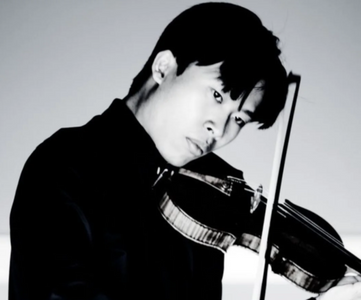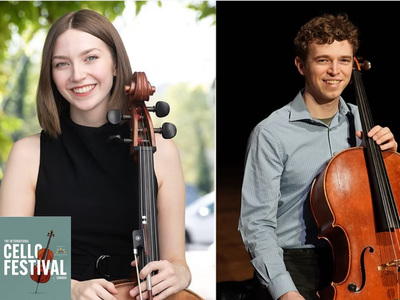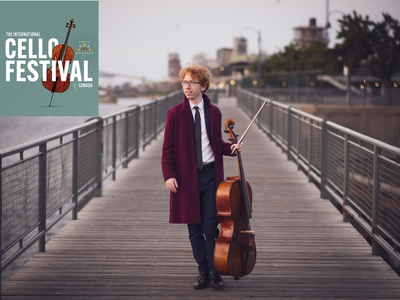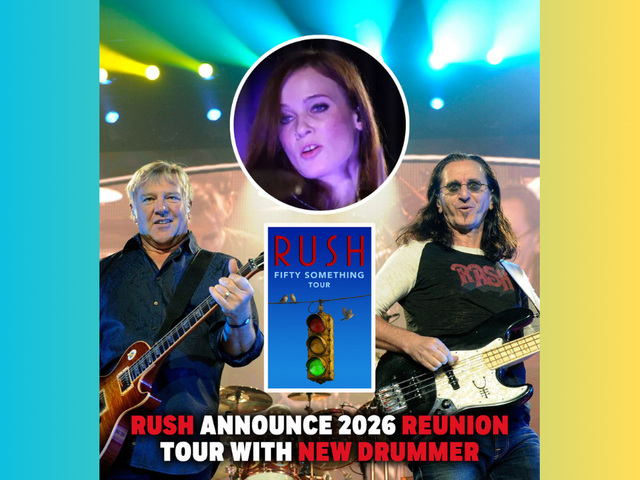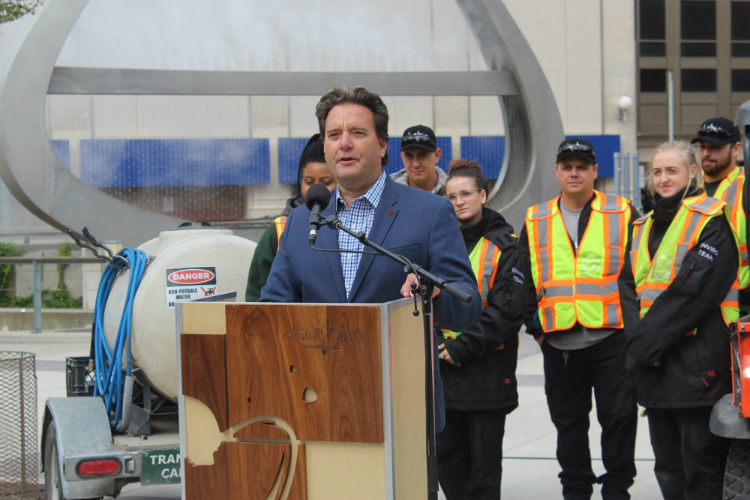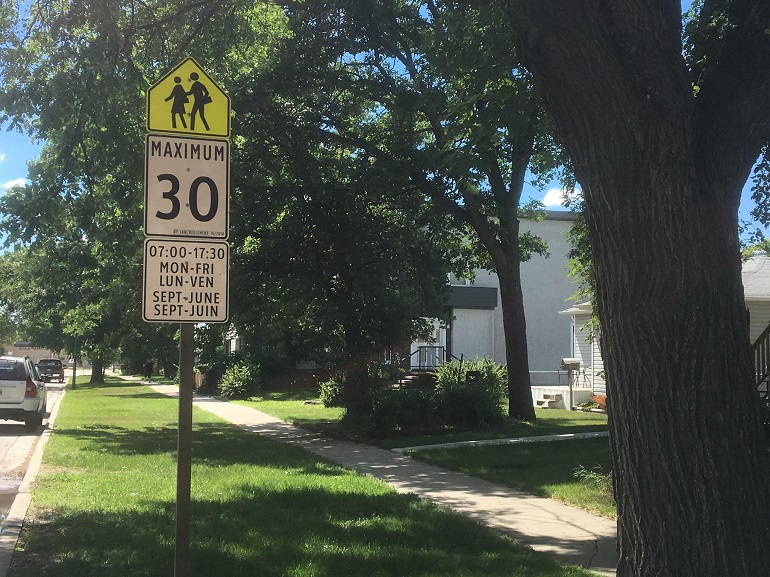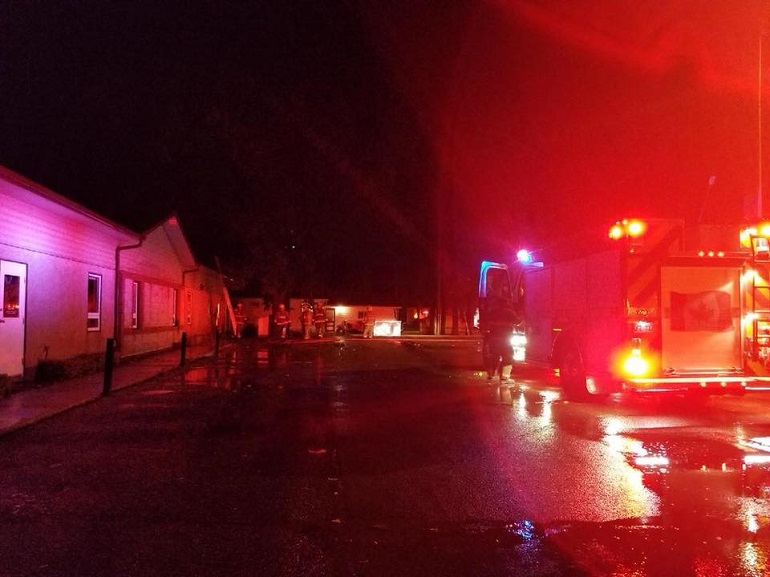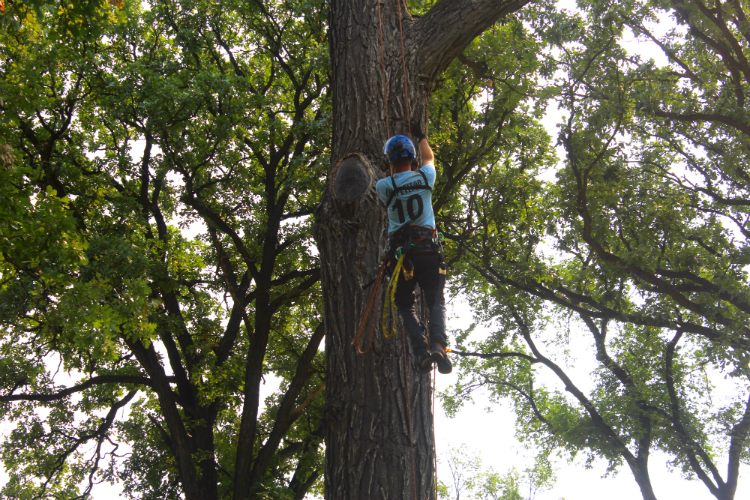Arts & Culture
Rush Returns: Classical Covers to Celebrate Their Reunion Tour
Hey Rush fans (old & new) — dust off your vinyl, tune up those power trios, and maybe warm up the metronome. Because yes — Rush is going back on the road! Geddy Lee and Alex Lifeson are reuniting for the “Fifty Something Tour” in the summer of 2026, after more than a decade since their last major tour (R40, in 2015) and following the tragic passing of their driving force on drums, Neil Peart, in 2020. To fill Peart’s shoes behind the kit, they’ve enlisted Anika Nilles, a German composer/drummer who’s worked with Jeff Beck and earned serious chops in her own right. The tour will hit seven cities across the U.S., and Canada, with 12 dates, launching June 7, 2026 in Los Angeles (Kia Forum) and wrapping September 17 in Cleveland. Also, two shows are confirmed in Toronto (Scotiabank Arena, August 7 & 9) Before Rush hits the road again, why not hear their legendary riffs and intricate rhythms in a whole new light? Classical musicians have taken the band’s sprawling catalog and turned it into something you can hear in a concert hall — all strings, woodwinds, and orchestral flair. From string quartets to full philharmonics, these interpretations highlight just how symphonic Rush’s music has always been. Whether it’s the soaring melodies of Tom Sawyer or the cinematic drama of 2112, these covers prove that prog rock and classical music make surprisingly perfect partners. 🎻 The Classical Side of Rush — 5 of the Best Rush Tunes Covered by Classical Artists Rush’s music has always had a certain symphonic sweep — even when it’s roaring through a stack of amps. Complex time signatures, layered melodies, and long-form storytelling? Sounds pretty orchestral already. So it’s no surprise that classical musicians have been reimagining Rush’s catalogue for years. Here are five standout covers where the power trio gets the full concert-hall treatment: 1. “The Spirit of Radio” From Exit... Stage Right: The String Quartet Tribute to Rush, this take on one of Rush’s most joyful anthems replaces guitars with violins and cellos — and somehow keeps all the same electricity. It’s a perfect balance of drive and delicacy, capturing that rush (pun intended) of musical freedom that made the original so beloved. .embed-container { position: relative; padding-bottom: 56.25%; height: 0; overflow: hidden; max-width: 100%; } .embed-container iframe, .embed-container object, .embed-container embed { position: absolute; top: 0; left: 0; width: 100%; height: 100%; } 2. “2112: Overture” The Vitamin String Quartet and other orchestral groups have turned this prog rock odyssey into something fit for a movie score. The swelling dynamics and dramatic pacing make it feel almost cinematic — a reminder that “2112” was always more symphony than song anyway. .embed-container { position: relative; padding-bottom: 56.25%; height: 0; overflow: hidden; max-width: 100%; } .embed-container iframe, .embed-container object, .embed-container embed { position: absolute; top: 0; left: 0; width: 100%; height: 100%; } 3. “Tom Sawyer” — Montreal Guitar Trio This iconic Rush anthem gets a dazzling twist from the Montreal Guitar Trio. Their virtuosic arrangement transforms Geddy Lee’s driving bass lines and Alex Lifeson’s intricate riffs into interweaving classical guitar parts. The result is both precise and playful, capturing the adventurous spirit of Tom Sawyer while showcasing the trio’s extraordinary technical skill. It’s prog rock reimagined for a chamber music setting — intricate, energetic, and utterly captivating. .embed-container { position: relative; padding-bottom: 56.25%; height: 0; overflow: hidden; max-width: 100%; } .embed-container iframe, .embed-container object, .embed-container embed { position: absolute; top: 0; left: 0; width: 100%; height: 100%; } 4. “Red Barchetta” Already one of Rush’s most narrative pieces, “Red Barchetta” becomes pure poetry in orchestral form. Stripped of vocals and guitars, the melody turns wistful and cinematic, evoking open highways and fading sunlight in a way that’s utterly transportive. .embed-container { position: relative; padding-bottom: 56.25%; height: 0; overflow: hidden; max-width: 100%; } .embed-container iframe, .embed-container object, .embed-container embed { position: absolute; top: 0; left: 0; width: 100%; height: 100%; } 5. “Subdivisions” One of Rush’s most introspective tracks translates beautifully into a classical soundscape. The layers of synth and rhythm become strings and woodwinds, giving the piece a haunting, reflective quality that underscores the melancholy of suburban isolation. .embed-container { position: relative; padding-bottom: 56.25%; height: 0; overflow: hidden; max-width: 100%; } .embed-container iframe, .embed-container object, .embed-container embed { position: absolute; top: 0; left: 0; width: 100%; height: 100%; } These classical interpretations show just how versatile and timeless Rush’s music truly is — from soaring string quartets to full orchestral epics, their songs translate beautifully beyond the rock stage. And now, with Geddy Lee and Alex Lifeson back on the road, fans everywhere can rejoice: the band that defined prog rock is ready to bring their legendary energy to arenas once more. So whether you’re listening to a symphonic take on Tom Sawyer or gearing up for a live show, there’s never been a better time to celebrate the genius of Rush in all its forms.


